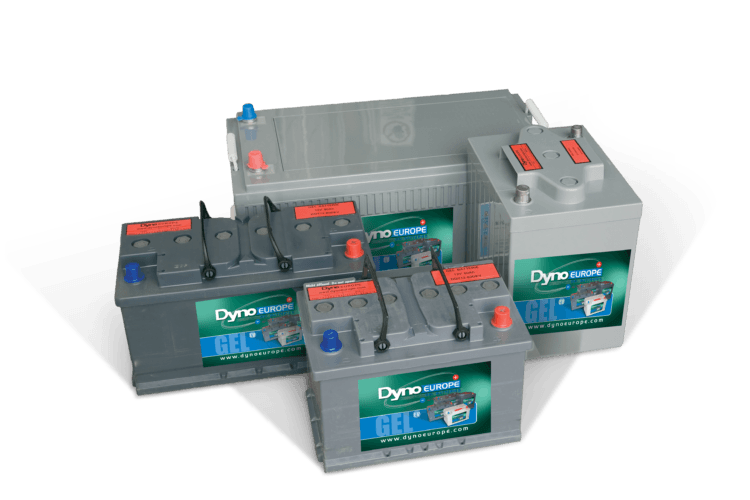
Eigenschappen:
- Gesloten constructie, onderhoudsvrij
- 15 jaar levensduur bij ” floating use ” VOOR 25°C/68°F
- Breed bedrijfstemperatuurbereik: -15°C tot 35°C
- Nanometer gelelektrolyt voorkomt zuurstratificatie en verlengt de levensduur van de cyclus
- Lage zelfontladingssnelheid: ≤3%/maand.
Toepassingen:
Door het combineren van de nieuw ontwikkelde Nanometer Gel elektrolyt, de kathodeplaat met hoog tingehalte en de AGM separator, biedt de DGY serie batterij uitstekende ontlaadprestaties, een lange levensduur en stabiele prestaties bij hoge en lage temperaturen. De DGY-reeks is geschikt voor allerlei bereiken voor energieopslag, vooral voor vernieuwbare energiesystemen enz.
ALGEMENE KENMERKEN
- Nanosilica colloïdale elektrolyt gecombineerd met een hoge tin positieve plaat ontwerp verbetert de prestaties van de batterij
- Relatief rijke elektrolyt, prestaties bij hoge en lage temperaturen zijn superieur.
- Lang levensduur
- Uitstekend vermogen tot opladen
- Nauwkeurige afdichtingstechnologie